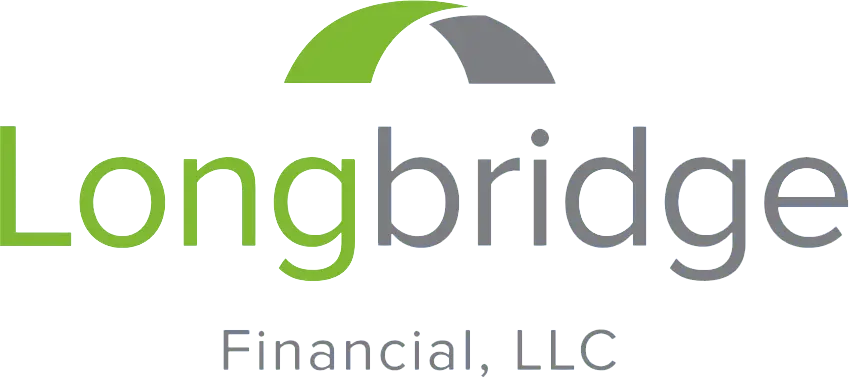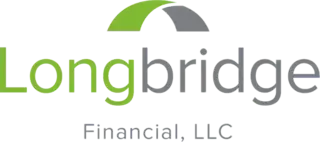Reverse Mortgages: How to Choose Between a Lump Sum, Line of Credit or Monthly Payment

Reverse mortgages can be a powerful financial tool. But they’re often overlooked, partially because reverse mortgages aren’t always easy to understand.
These loans allow older homeowners to borrow against their home equity. But unlike a traditional loan, you don’t have to make a monthly mortgage payment when you take out a reverse mortgage. Instead, you get cash from the lender that typically doesn’t need to be repaid until you leave the home.
“I think reverse mortgages, like most financial products, can be a really good fit in the right situation, but can also be really bad if they're misused,” says Lucas Wennersten, a financial advisor and founder of 49th Parallel Wealth Management.
That’s especially true when it comes to how you’ll receive your reverse mortgage loan proceeds: as a lump sum, line of credit, monthly payout or some combination of the three. We’ll help you understand how each option works and their implications for long-term financial planning, so you can make the best decision for your family.
Lump sum: All at once
Pros
- Fixed interest rate
- Simple, one-time loan disbursement
- Large upfront sum to fund big expenses
Cons
- Can’t borrow more later
- Smaller potential payouts
- Higher risk of outliving loan funds
- More temptation to spend cash unwisely
- Can potentially impact eligibility for means-tested benefits
- Higher interest charges erode home equity faster
The simplest payment option for a reverse mortgage is a lump sum, perfect for large one-time expenses like big medical bills and significant home upgrades. Many borrowers like the ease of receiving all the cash at once. However, that can be risky for those planning on staying in their home for the long haul and who don’t have robust retirement savings to lean on.
“Generally, lump sums are for people who have other forms of income,” Wennersten says. “They're not necessarily too worried about running out of money long term, or maybe they expect their living expenses to go down in the future.”
That’s because lump-sum payouts, on their own, are a one-and-done deal. That can be problematic if you’re on the younger side and may need to dip into your home equity again in the future. The vast majority of reverse mortgages today are Home Equity Conversion Mortgages (HECMs), which are federally insured loans. The federal rules currently limit borrowers to just 60% of their potential loan amount during the first year. If you opt for other payout options with a HECM, you can potentially access more money later on. But since a lump sum is a one-time-only deal, that door isn’t open to you. (Alternatively, some homeowners may be able to take out a proprietary reverse mortgage. These aren’t regulated by the Federal Housing Administration, but they may offer more flexible terms.)
Furthermore, by taking out a larger amount upfront, you have a higher starting loan balance, which means your interest charges can add up faster than if you only take out smaller amounts over time. Even at a fixed rate, that can drain your home equity faster and leave less for later, like if you want to sell your home or bequeath it to heirs. And if you don’t spend all your funds before applying for means-tested benefits like Medicaid, which require $2,000 or less in assets in most states, you may be ineligible for those programs.
Line of credit: Use as you need it
Pros
- You can pay back borrowed funds at any time, and then tap the line of credit again.
- Untapped portion of credit line grows over time
- Cannot be canceled or reduced during adverse market conditions
Cons
- Variable interest rate
- Credit line stops growing if you max it out
- Up to one week processing time to receive funds
A reverse mortgage line of credit offers more flexibility to manage your loan amounts and costs. You can borrow a little now and leave the door open to borrow more later, if you need it. Plus, unlike a traditional home equity line of credit, lenders can’t restrict your reverse mortgage line of credit during economic downturns. “Sometimes people use lines of credit as their emergency fund,” says Wennersten.
With a federally insured reverse mortgage, you're still subject to the 60% borrowing limit during the first year, though you do have the option of tapping the line again after the first 12 months. Furthermore, your available line of credit will actually grow over time, much like a credit limit can increase on a credit card. In fact, because this automatic growth is built into this reverse mortgage payment option, some experts recommend opening up a line of credit early on in retirement even if you aren’t anticipating tapping the line for many years. The catch is that the growth stops if you max out the line of credit, a real possibility for cash-strapped retirees.
For that reason, Wennersten recommends them in particular circumstances. “I would say both lump sums and lines of credit are better for people who have other forms of income, where they're not going to be relying on the reverse mortgage specifically to support their lifestyle.”
Monthly Installment: Your house pays you
Pros
- Less risk of outliving loan funds
- Fixed monthly payments (term or tenure)
Cons
- Variable interest rate
- Small monthly payments
- Not available for proprietary mortgages
You’ve made monthly payments on your home over time, and with this funding option, your home can do the same — to you. “That's the most common time that I see reverse mortgages,” Wennersten says, “when people just kind of are in a situation where they need more income.”
After all, the average Social Security paycheck is about $2,000 — not much higher than the federal poverty level, at $1,304. Sometimes you just need a little bit extra cash flow, which is where the monthly payment option for a reverse mortgage can come in handy.
As with the other payout options, the exact amount you can get with a reverse mortgage depends on a few things, like you or your spouse’s age (if they're younger), your home value and how much equity you have. If you opt for monthly payments, it’ll also depend on how you want them set up. If you choose term payments, you’ll receive them for a set term, such as five or 10 years. But you’ll potentially receive a larger amount. This can be handy if, for example, you know you’ll be moving in the future.
If you choose tenure payments, you’ll receive a monthly payment for as long as you live in the home and meet your loan obligations (which include keeping up with home insurance, property taxes and home maintenance). "That's generally going to be your lowest payout option, but also the safest," Wennersten says. "You're going to continue to get something for life." It may not cover all your living expenses, but it can be a good way to pay for relatively stable and expected costs in retirement, like property taxes, utilities or medications.
Mix-and-match reverse mortgage payout options
When it comes to choosing the right reverse mortgage payout option, it doesn’t have to be an all-or-nothing approach. You can mix and match different payout options.
If you're looking to upgrade your home to house a live-in caretaker, for example, you could take out a portion of your reverse mortgage as a fixed-rate lump sum, and keep the remainder open as a line of credit to use as needed.
Obviously, that’s a more advanced approach, and it highlights the importance of doing your due diligence and understanding your finances before you choose your payment plan. That said, it is usually possible to change your payout method if you eventually decide a different one is a better fit. As with most major financial decisions, it’s smart to chat with a professional before you take out a reverse mortgage or make changes to your payments.
“People just need to be careful,” Wennersten says. “Work with a trusted financial advisor. Make sure you're educated on what you're doing and the products that you're buying.”
More from Money:
5 Common Reverse Mortgage Myths, Debunked
Should You Use a Reverse Mortgage to Fund Your Retirement? Here’s When It Makes Sense




